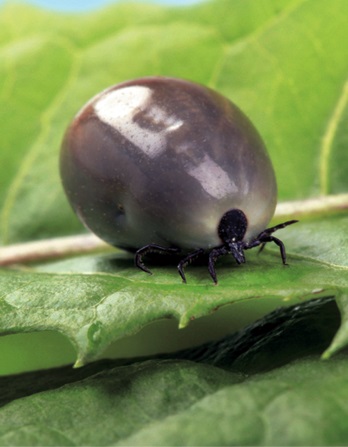Tips on Preventing Ticks on Dogs
If you own a dog and keep up to date with the news, you may be aware of a dog disease called canine babesiosis that has been found in the UK. Whilst the disease has only so far been found in a small area of the country (Essex has had 4 confirmed cases) it’s expected to spread as time goes on. Ticks can also transmit Lyme disease to pets and humans, which can lead to serious complications if left untreated.

I started working at my local veterinary practice last year and have become much more aware of fleas, ticks and worms and how best to treat and advise pet owners (even though I’ve been a pet owner for the best part of my adult life). As ever, we always advise preventative care is better for your pet, trying to stop these parasites before they’re able to cause harm.
What are the symptoms of canine babesiosis?
Symptoms of canine babesiosis can range from mild to severe and include lethargy, lack of appetite, fever, anaemia, pale gums, an enlarged abdomen, weight loss and jaundice.
Ticks can be found anywhere your pet goes, not just the obvious high risk places such as forests, heathland, and grassy areas but also in urban playgrounds, parks and even your back garden. Therefore, it’s important to take action to protect your pet and yourself.
How can you prevent ticks?
As a pet owner and if you take your pet to the vets for their annual boosters, it’s more than likely that you are asked what kind of flea and tick treatment you currently use for your pet and they may make suggestions on the treatment that’s best for your pet. There are a range of different treatments you can use from spot-on treatments to chewy tablets to collars, but the most important thing is whilst you may buy that product at your annual appointment, keeping your pet up-to date with the treatment all year round is essential in making sure they are fully protected.
How to check and remove ticks
Check your pets (and yourself) for ticks after walks or having simply been outside.
- Pay particular attention to areas where your cat or dog’s hair is thinner such as their head, around the ears and their tummy.
- Ticks should drop off naturally once they’re dead, but if they don’t, you can safely remove them using a tick hook.
- The aim is to remove the whole tick, including its mouthparts without squeezing the tick’s body
- Use a specially designed hook or scoop with a narrow slot available to buy at your vets or pet shop.
- Slide the hook under the tick at skin level so as to grip the head of the tick.
- Scoop out the tick – rotating the hook around the tick’s head, making sure you have removed the whole tick including the mouthparts.
Do not attempt to burn, cut or pull the tick off with your fingers.
If in doubt, take your pet to the vet or in many practices you can see the veterinary nurse free of charge or for a much reduced fee.
For more information about tick borne diseases visit www.esccapuk.org.uk/
*Collaboration Post
You May Also Like

Holiday deals review – Travelzoo
August 13, 2013
Everest Base Camp Trek – Lukla to Monjo to Namche Bazaar
June 16, 2014